

Cybersecurity |
Sponsored by |

|
 As Internet governance fragments in 2026, authority shifts from open, multistakeholder forums to state-led security regimes, legal instruments, and alliance-based cooperation, challenging longstanding institutions and reshaping global norms through enforcement rather than consensus.
As Internet governance fragments in 2026, authority shifts from open, multistakeholder forums to state-led security regimes, legal instruments, and alliance-based cooperation, challenging longstanding institutions and reshaping global norms through enforcement rather than consensus.
 Despite deep geopolitical divides, the WSIS+20 outcome document was adopted by consensus, preserving a multistakeholder vision for the digital future while deferring controversial issues to a time more conducive to progress.
Despite deep geopolitical divides, the WSIS+20 outcome document was adopted by consensus, preserving a multistakeholder vision for the digital future while deferring controversial issues to a time more conducive to progress.
 The ICC's new cyber policy reframes Internet infrastructure as crucial to prosecuting atrocities, prompting DNS operators and network providers to grapple with emerging obligations around evidence, neutrality, and cooperation in international justice.
The ICC's new cyber policy reframes Internet infrastructure as crucial to prosecuting atrocities, prompting DNS operators and network providers to grapple with emerging obligations around evidence, neutrality, and cooperation in international justice.
 ICANN is finalising a policy to curb DNS abuse, aiming to preserve internet stability while defending freedom of expression. With regulatory pressure mounting, the multistakeholder model faces a critical test.
ICANN is finalising a policy to curb DNS abuse, aiming to preserve internet stability while defending freedom of expression. With regulatory pressure mounting, the multistakeholder model faces a critical test.
 Google's lawsuit against the Lighthouse phishing syndicate exposes the industrial scale of cybercrime, highlighting how criminals exploit easy access to digital infrastructure to scam millions. The broader supply chain enabling such operations demands urgent reform.
Google's lawsuit against the Lighthouse phishing syndicate exposes the industrial scale of cybercrime, highlighting how criminals exploit easy access to digital infrastructure to scam millions. The broader supply chain enabling such operations demands urgent reform.
 As artificial intelligence integrates into public infrastructure, it introduces new layers of systemic risk. Policymakers must shift focus from AI's potential to its exposure, applying governance models that reflect these emerging, compound vulnerabilities.
As artificial intelligence integrates into public infrastructure, it introduces new layers of systemic risk. Policymakers must shift focus from AI's potential to its exposure, applying governance models that reflect these emerging, compound vulnerabilities.
 To prepare DNS security for a post-quantum future, Verisign and partners are testing new cryptographic strategies that balance security, performance, and feasibility, especially through the novel Merkle Tree Ladder mode for managing large signatures.
To prepare DNS security for a post-quantum future, Verisign and partners are testing new cryptographic strategies that balance security, performance, and feasibility, especially through the novel Merkle Tree Ladder mode for managing large signatures.
 As AI notetakers become common in virtual meetings, concerns grow over data privacy, potential misuse, and the risks of unknowingly sharing sensitive corporate information with unseen third parties beyond organizational control.
As AI notetakers become common in virtual meetings, concerns grow over data privacy, potential misuse, and the risks of unknowingly sharing sensitive corporate information with unseen third parties beyond organizational control.
 eco's topDNS initiative and AV-Test are publishing monthly reports to help ISPs detect and mitigate DNS abuse by analysing malware, phishing, and PUA trends, creating a long-term data foundation for industry-wide transparency.
eco's topDNS initiative and AV-Test are publishing monthly reports to help ISPs detect and mitigate DNS abuse by analysing malware, phishing, and PUA trends, creating a long-term data foundation for industry-wide transparency.
 As ICANN prepares to expand the domain name space, calls grow for a public-law framework to govern the DNS root, ensuring global equity, transparency, and accountability in managing the Internet's core infrastructure.
As ICANN prepares to expand the domain name space, calls grow for a public-law framework to govern the DNS root, ensuring global equity, transparency, and accountability in managing the Internet's core infrastructure.
 Private DNS data lakes consolidate fragmented logs into a centralised platform, improving visibility, security, and compliance. They enable advanced analytics, strengthen threat detection, and help organisations optimise network performance in increasingly complex IT environments.
Private DNS data lakes consolidate fragmented logs into a centralised platform, improving visibility, security, and compliance. They enable advanced analytics, strengthen threat detection, and help organisations optimise network performance in increasingly complex IT environments.
 Earlier this week, Poland’s new President, Karol Nawrocki, vetoed amendments to the Act on Assistance to Citizens of Ukraine, provoking debate over critical satellite connectivity. Deputy Prime Minister and Minister of Digital Affairs Krzysztof Gawkowski warned that the veto “de facto switched off Starlink for Ukraine,” potentially disrupting connectivity for hospitals, schools, and government operations.
Earlier this week, Poland’s new President, Karol Nawrocki, vetoed amendments to the Act on Assistance to Citizens of Ukraine, provoking debate over critical satellite connectivity. Deputy Prime Minister and Minister of Digital Affairs Krzysztof Gawkowski warned that the veto “de facto switched off Starlink for Ukraine,” potentially disrupting connectivity for hospitals, schools, and government operations.
 European efforts to build independent cloud infrastructure face challenges from regulatory overreach and dependence on U.S. cloud providers. Some say that a balanced approach focused on collaboration and flexible standards will be needed to strengthen data sovereignty and foster regional growth. Eighty percent of corporate executives in Germany say that Europe's future prosperity will depend on secure and independent digital infrastructure.
European efforts to build independent cloud infrastructure face challenges from regulatory overreach and dependence on U.S. cloud providers. Some say that a balanced approach focused on collaboration and flexible standards will be needed to strengthen data sovereignty and foster regional growth. Eighty percent of corporate executives in Germany say that Europe's future prosperity will depend on secure and independent digital infrastructure.
 Cybercriminals live by the tenet "If it ain't broke, don't fix it." They'll use the same tactics repeatedly until they no longer work, then switch things up. That's why CISOs and their security teams maintain constant vigilance. Underscoring this, recent analysis of global DNS activity found that new domains continue to be a major tactic for bad actors.
Cybercriminals live by the tenet "If it ain't broke, don't fix it." They'll use the same tactics repeatedly until they no longer work, then switch things up. That's why CISOs and their security teams maintain constant vigilance. Underscoring this, recent analysis of global DNS activity found that new domains continue to be a major tactic for bad actors.
 The shift to IPv6 has escalated into a matter of national security, as nations lagging in adoption are increasingly exposed to cyber threats and diminished control over their digital infrastructure due to the limited availability of IPv4. With IPv6-only environments becoming more common, reliance on IPv4 may lead to slower connectivity, deepening the digital divide and potentially worsening economic disparities. In this geopolitical landscape, moving to IPv6 serves as a critical step toward maintaining digital independence.
The shift to IPv6 has escalated into a matter of national security, as nations lagging in adoption are increasingly exposed to cyber threats and diminished control over their digital infrastructure due to the limited availability of IPv4. With IPv6-only environments becoming more common, reliance on IPv4 may lead to slower connectivity, deepening the digital divide and potentially worsening economic disparities. In this geopolitical landscape, moving to IPv6 serves as a critical step toward maintaining digital independence.
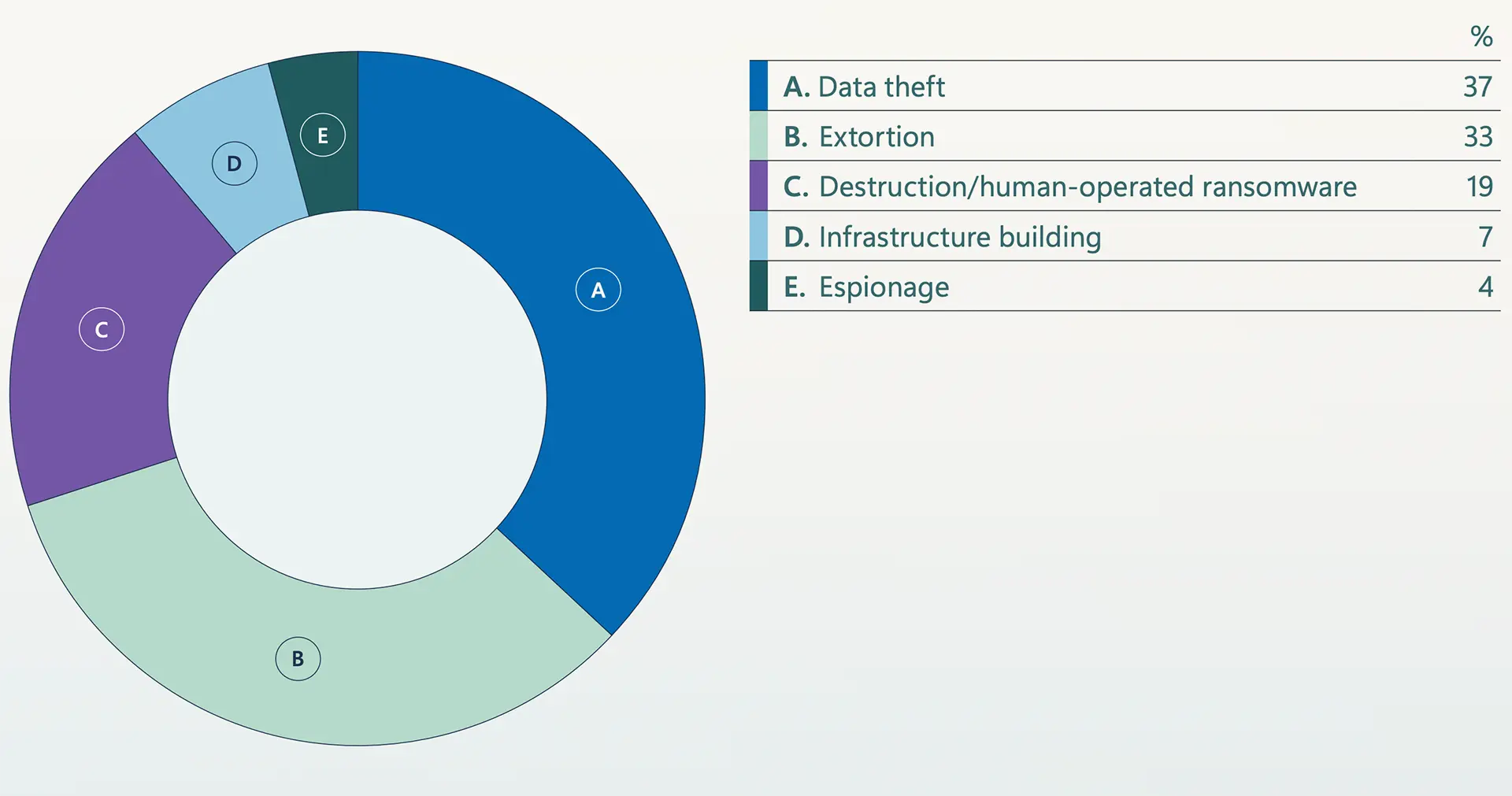 Microsoft Warns Extortion Drives Majority of Attacks Amid AI Escalation, Identity Collapse, and Global Fragmentation
Microsoft Warns Extortion Drives Majority of Attacks Amid AI Escalation, Identity Collapse, and Global Fragmentation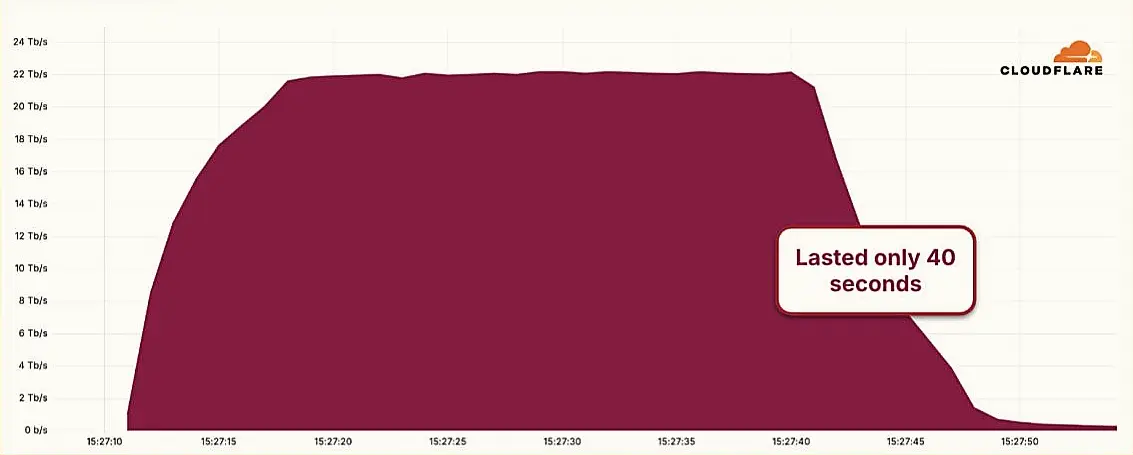 Hyper-Volumetric DDoS Attack Sets New Benchmark at 22.2 Tbps
Hyper-Volumetric DDoS Attack Sets New Benchmark at 22.2 Tbps European Airports Still Reeling from Ransomware Attack as Software Fix Nears
European Airports Still Reeling from Ransomware Attack as Software Fix Nears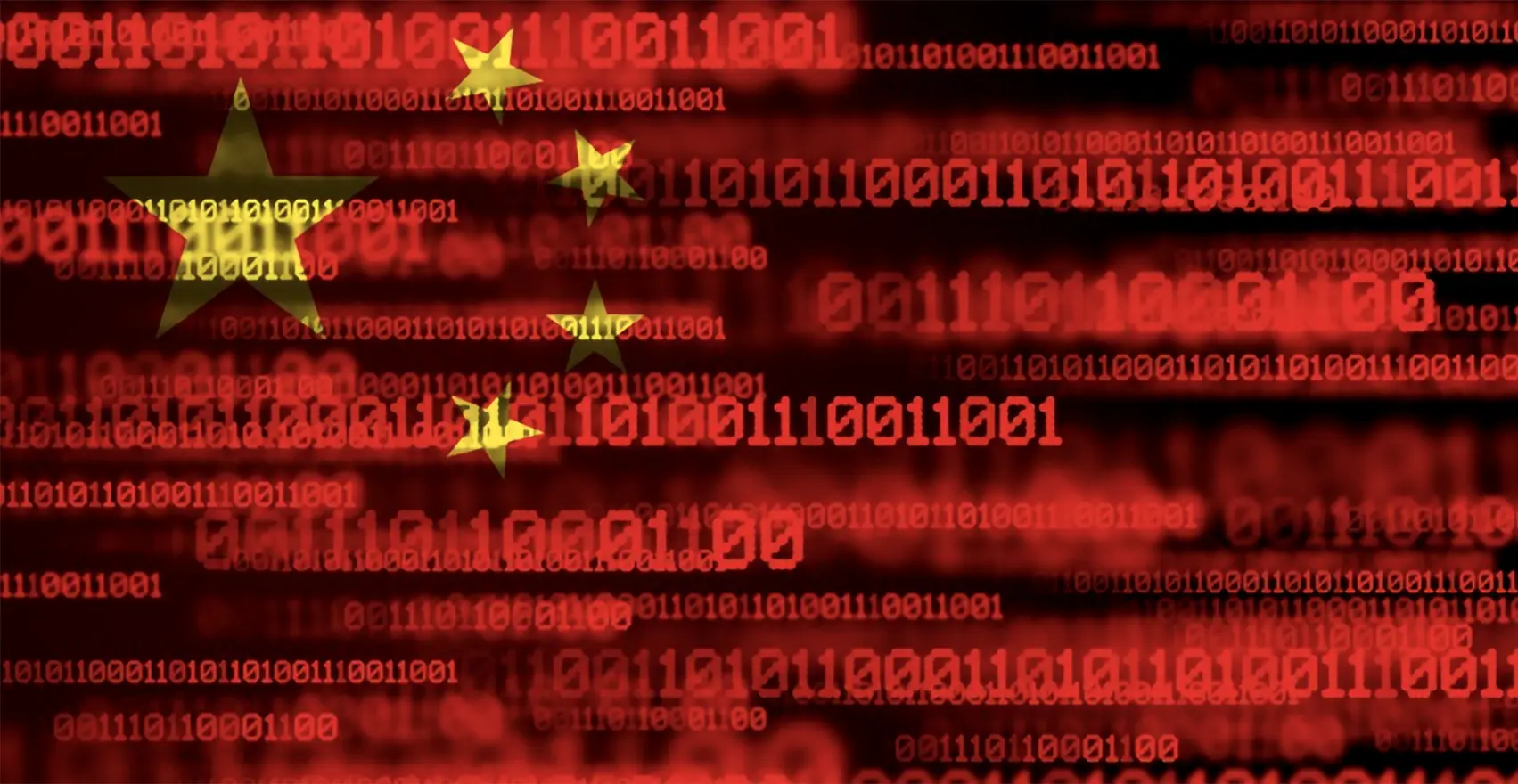 Chinese APT Groups Exploit Global Domains in Sweeping Cyber Campaign
Chinese APT Groups Exploit Global Domains in Sweeping Cyber Campaign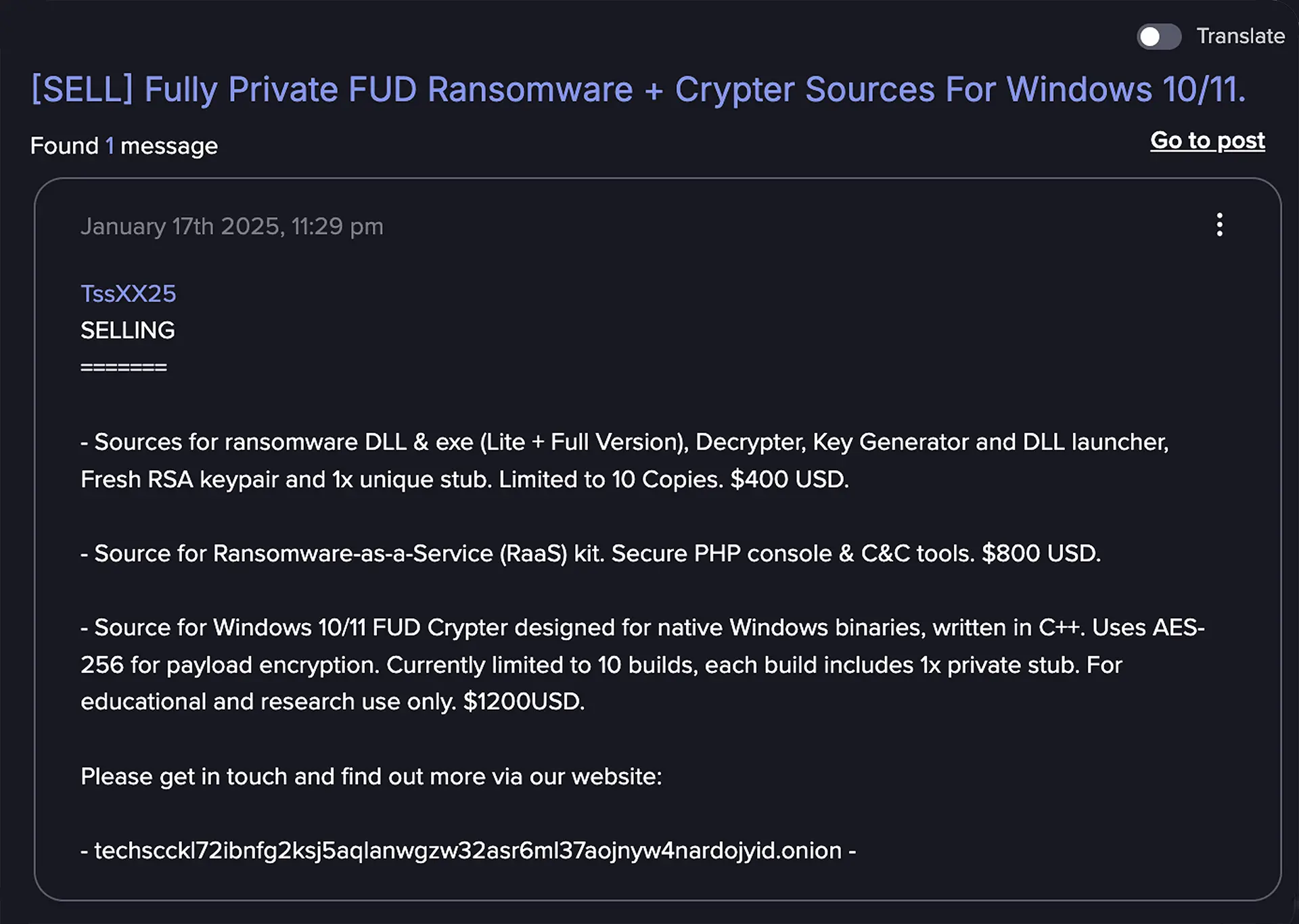 Advanced AI Is Reshaping the Cybercriminal Landscape at Alarming Speed
Advanced AI Is Reshaping the Cybercriminal Landscape at Alarming Speed FTC to Big Tech: Don’t Trade American Privacy for Foreign Demands
FTC to Big Tech: Don’t Trade American Privacy for Foreign Demands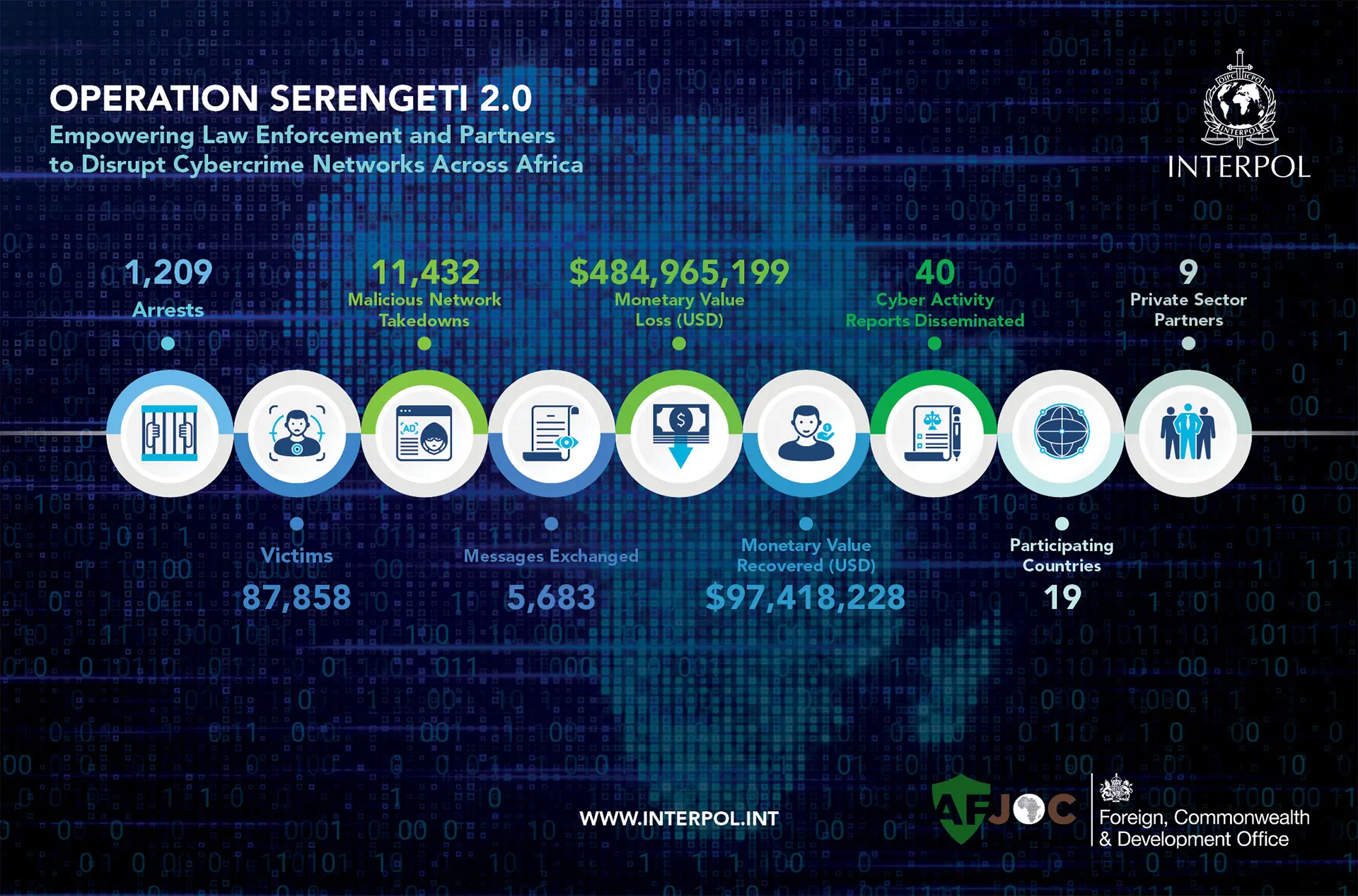 INTERPOL Leads Arrest of 1,209 Suspects in Pan-African Cybercrime Crackdown, Recovers $97 Million
INTERPOL Leads Arrest of 1,209 Suspects in Pan-African Cybercrime Crackdown, Recovers $97 Million Massive Iberian Power Outage Raises Cybersecurity Questions
Massive Iberian Power Outage Raises Cybersecurity Questions India Launches ‘.bank.in’ and ‘.fin.in’ Domains to Deter Financial Fraud
India Launches ‘.bank.in’ and ‘.fin.in’ Domains to Deter Financial FraudAddressing DNS abuse and maintaining a healthy DNS ecosystem are important components of Verisign's commitment to being a responsible steward of the internet. We continuously engage with the Internet Corporation for Assigned Names and Numbers (ICANN) and other industry partners to help ensure the secure, stable and resilient operation of the DNS. more
Verisign just released its Q2 2018 DDoS Trends Report, which represents a unique view into the attack trends unfolding online, through observations and insights derived from distributed denial of service (DDoS) attack mitigations enacted on behalf of customers of Verisign DDoS Protection Services. more
Currently scheduled for October 11, 2018, the Internet Corporation for Assigned Names and Numbers (ICANN) plans to change the cryptographic key that helps to secure the internet's Domain Name System (DNS) by performing a Root Zone Domain Name System Security Extensions (DNSSEC) key signing key (KSK) rollover. more
Verisign has released its Q1 2018 DDoS Trends Report, which represents a unique view into the attack trends unfolding online, through observations and insights derived from distributed denial of service (DDoS) attack mitigations enacted on behalf of Verisign DDoS Protection Services, and security research conducted by Verisign Security Services. more
As DNS attacks grow in frequency and impact, organizations can no longer afford to overlook DNS security as part of their overall defense-in-depth strategy. As with IT security in general, no single tactic can address the entire DNS threat landscape or secure the complete DNS ecosystem. more
Verisign has released its Q4 2017 DDoS Trends Report, which represents a unique view into the attack trends unfolding online, through observations and insights derived from distributed denial of service (DDoS) attack mitigations enacted on behalf of Verisign DDoS Protection Services and security research conducted by Verisign Security Services. more
Cybercriminals recognize the value of DNS availability and look for ways to compromise DNS uptime and the DNS servers that support it. As such, DNS becomes an important point of security enforcement and a potential point in the Cyber Kill Chain for many cyber-attacks. more